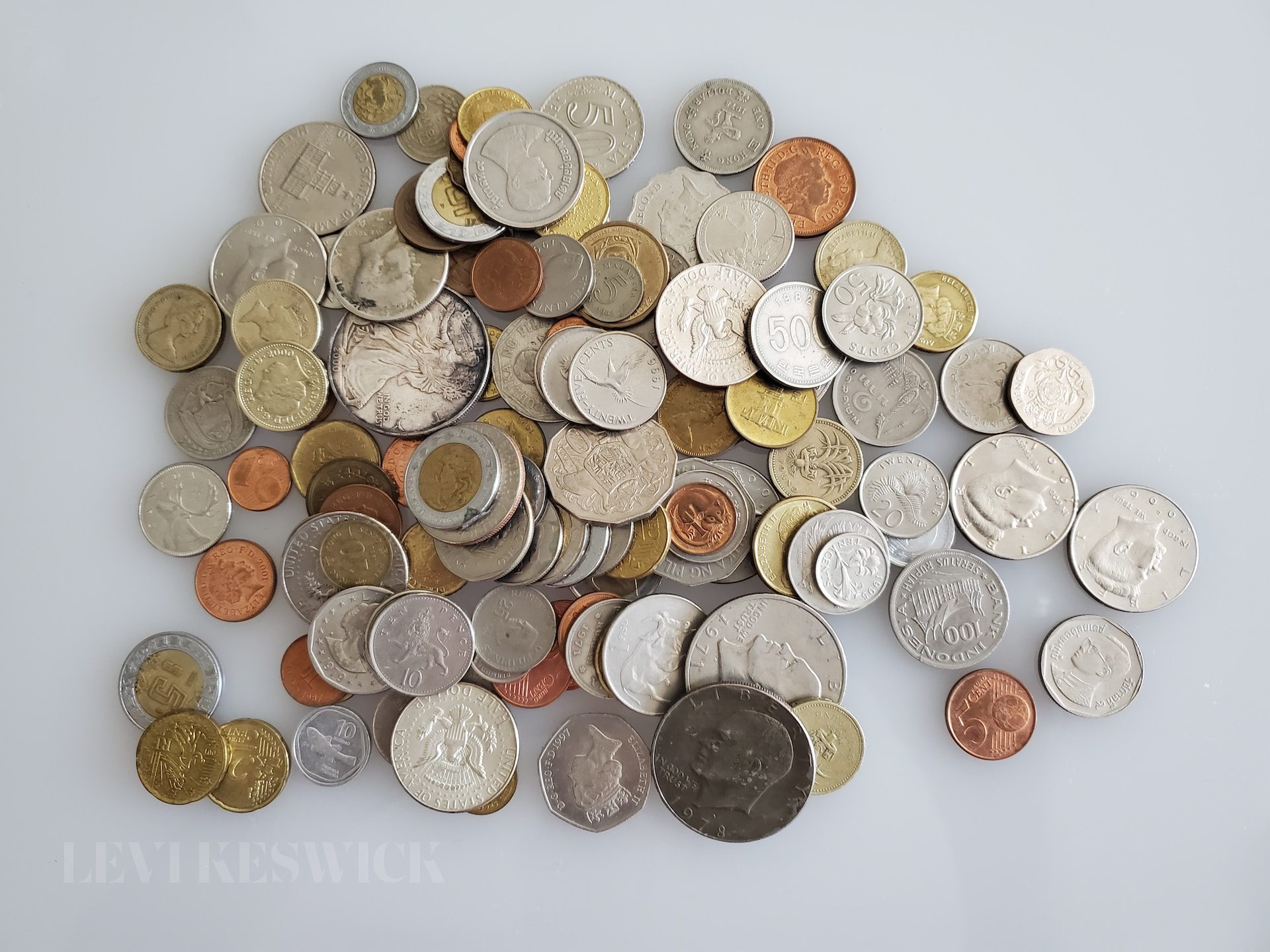Key Takeaways:
- The Jefferson Nickel, specifically the 1958 edition, offers a unique glimpse into American numismatic history.
- The varieties of the 1958 Jefferson Nickel include the 1958 P Jefferson Nickel, the 1958 P Jefferson Proof Nickel, and the 1958 D Jefferson Nickel.
- An error in production, such as the 1958 Nickel Error, adds distinct value and allure to the coin.
- The coin’s design was crafted by Felix Schlag and features significant details, making the coin’s condition vital to its worth.
Understanding the 1958 Jefferson Nickel
The 1958 Jefferson Nickel is a slice of American history, made primarily of copper and nickel. This iconic coin, with its unmistakable left-profile engraving of the United States’ third president, Thomas Jefferson, is both a popular collectible and an artifact symbolizing the era in which it was minted.
For the Jefferson Nickel, the Wartime years were distinctive, given the change in metal composition, reflecting the strategic importance of copper and nickel in war machinery production. After World War II, the composition returned to 75% copper and 25% nickel, as it was in the case of the 1958 Jefferson Nickel.
Significance of Design
The creator of this remarkable coin’s design, Felix Schlag, won a competition organized by the US Mint. The design had to undergo some changes, post-selection, but its final avatar became an emblem of Americana.
The obverse of the coin displays inscriptions like ‘IN GOD WE TRUST’, ‘LIBERTY’, and the year of minting, ‘1958’. The reverse depicts Monticello, Jefferson’s plantation in Virginia. Notably, a coin’s worth increases with the clarity of the Monticello steps – a testament to the importance of details in numismatics.
Varieties and Errors of the 1958 Jefferson Nickel
The 1958 Jefferson Nickel can be found in three varieties: the 1958 P Jefferson Nickel, the 1958 P Jefferson Proof Nickel, and the 1958 D Jefferson Nickel. All of these are cherished among coin collectors for their historical significance and potential for peculiarities, including the intriguing ‘1958 nickel error’.
Minting is an elaborate process, and errors can occur at any stage, adding an extra layer of allure to a coin. The 1958 nickel is known for some notable errors. For instance, the “Black Beauty” error results in a darkened coin due to insufficient copper surface on the planchet.
The die-crack error is another fascinating occurrence, where the die, after excessive usage, cracks, and this imperfection is imprinted on the coin. There’s also the doubled die reverse or obverse error, resulting from the die striking the coin twice, causing a visible doubling of the engraved elements. Lastly, an off-center strike error or weak strikes can render the coin slightly smudged.
A Collector’s Delight: The 1958 Nickel Error
The 1958 Nickel Error is a collector’s dream because it adds a touch of peculiarity to an already significant coin. Whether it’s the ‘Black Beauty’ error, resulting from an imbalance in the coin’s metal composition, or the die-crack error, these production glitches are highly sought after by numismatists.
In conclusion, the 1958 Jefferson Nickel, despite its seemingly common appearance, is a testament to the intricate process of coin minting. It’s a tangible artifact that narrates a historical tale, enhanced by the mystery of the 1958 Nickel Error. Collecting such pieces is not just a hobby but a profound journey into the past. Whether you’re a seasoned collector or a beginner in numismatics, the story of the 1958 Jefferson Nickel and its intriguing errors is a fascinating tale to delve into.








